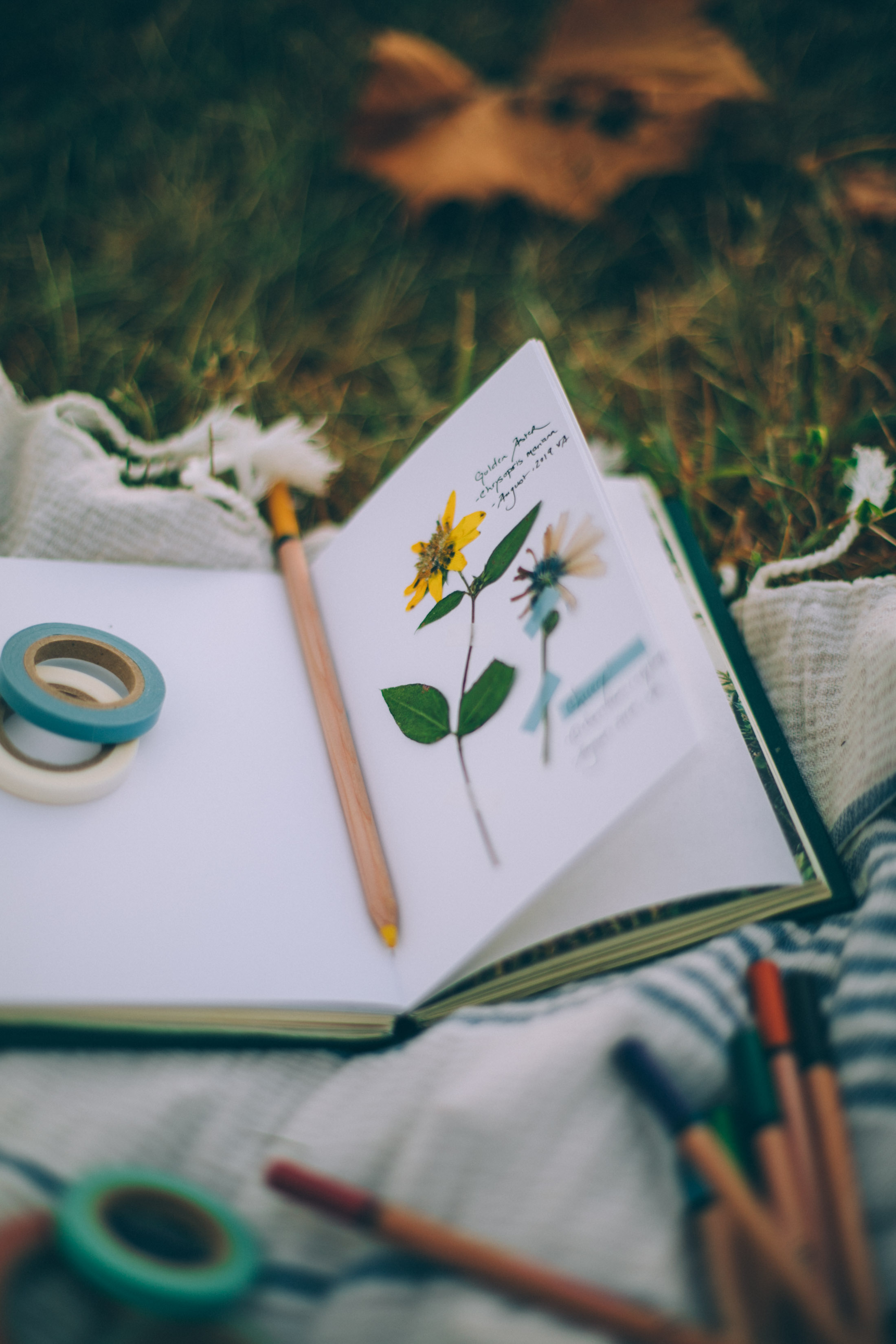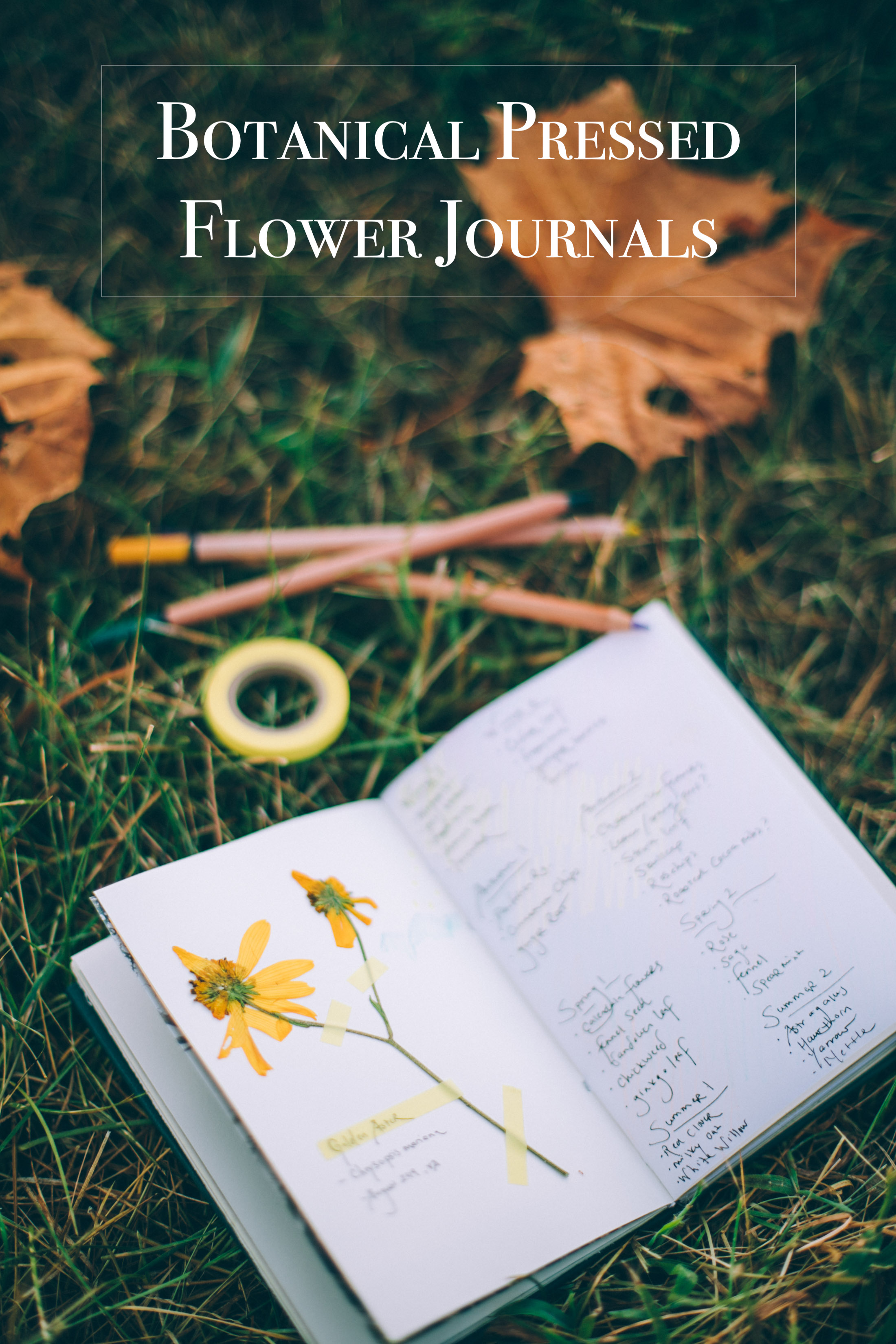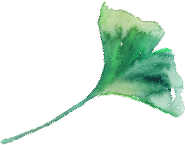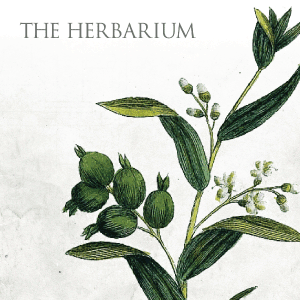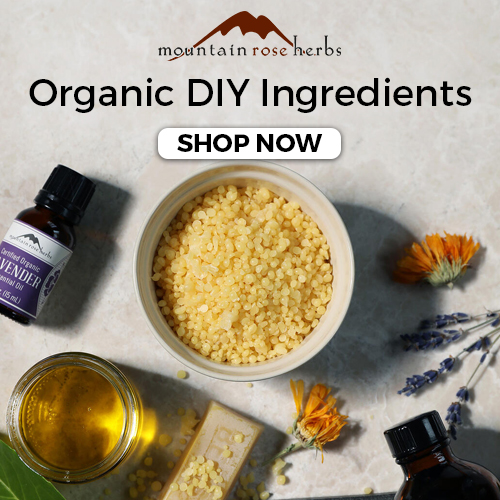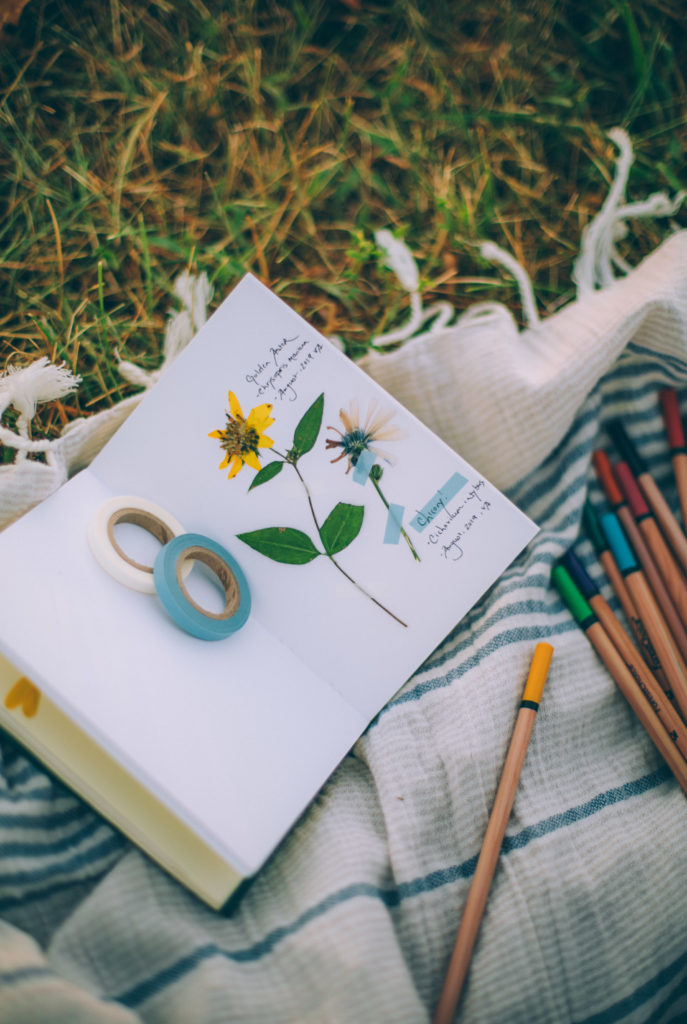
I keep one or two of these botanical pressed flower journals in rotation all the time, and scribble all of the herbal formulas and tea recipes I’m making every week. It’s a simple little tool I use to keep me crafty, and a handy place to keep herbs and flowers I collect during the season. Within these pages, I’m usually crafting herbal recipes, short recitals from last night’s dreams, or plant inspirations…
Read More: Autumnal Lucid Dreaming Tea
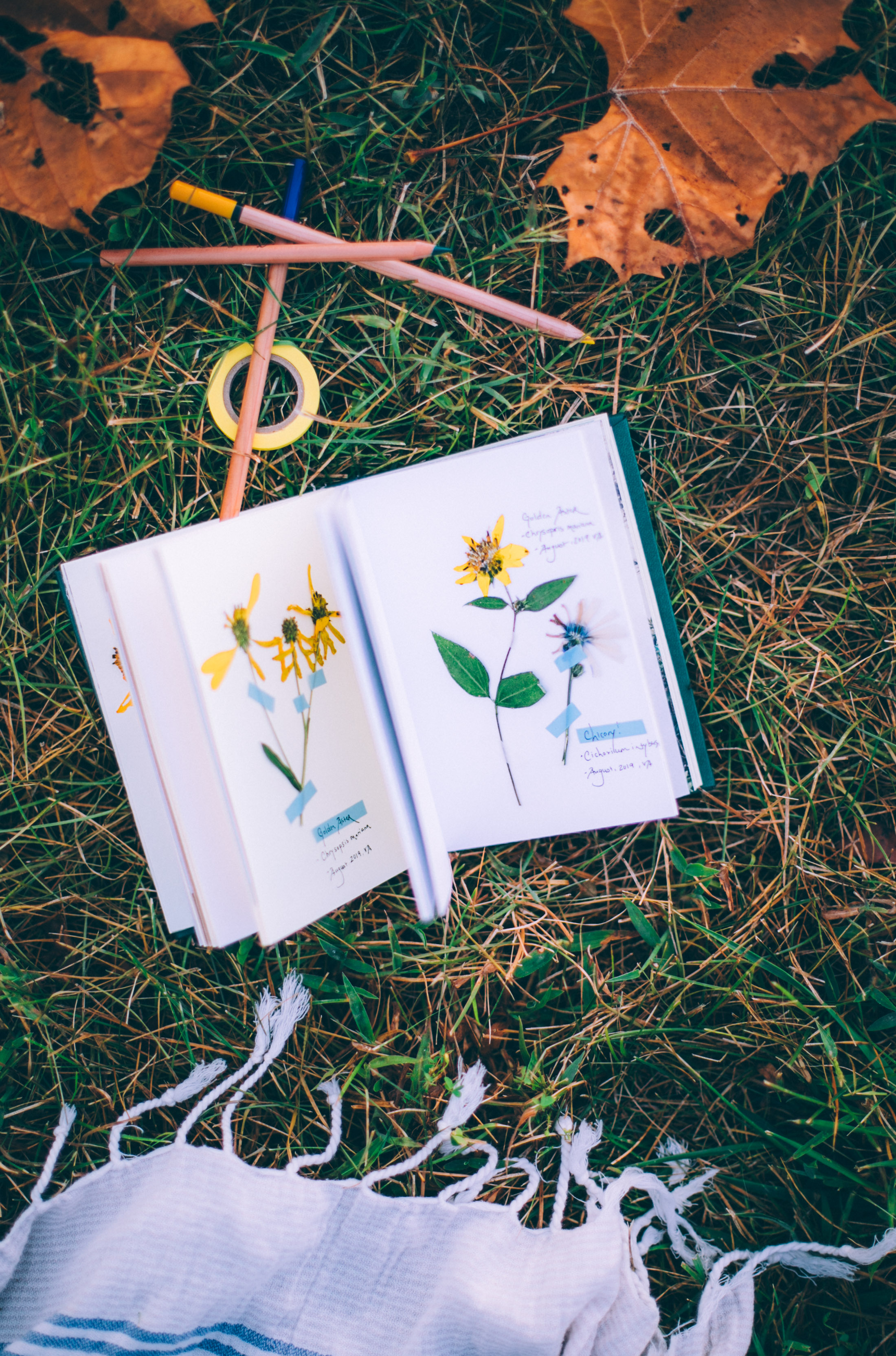
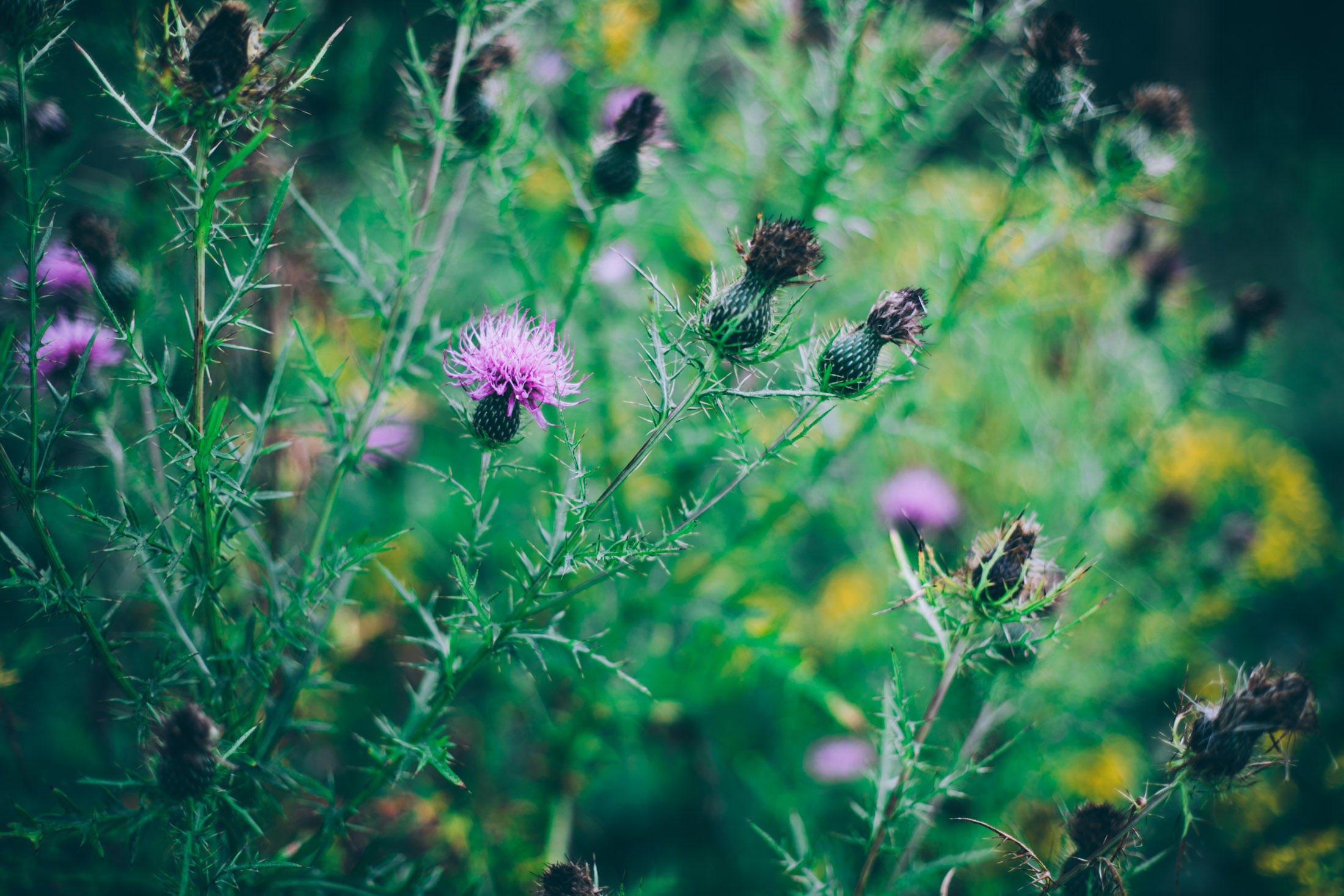
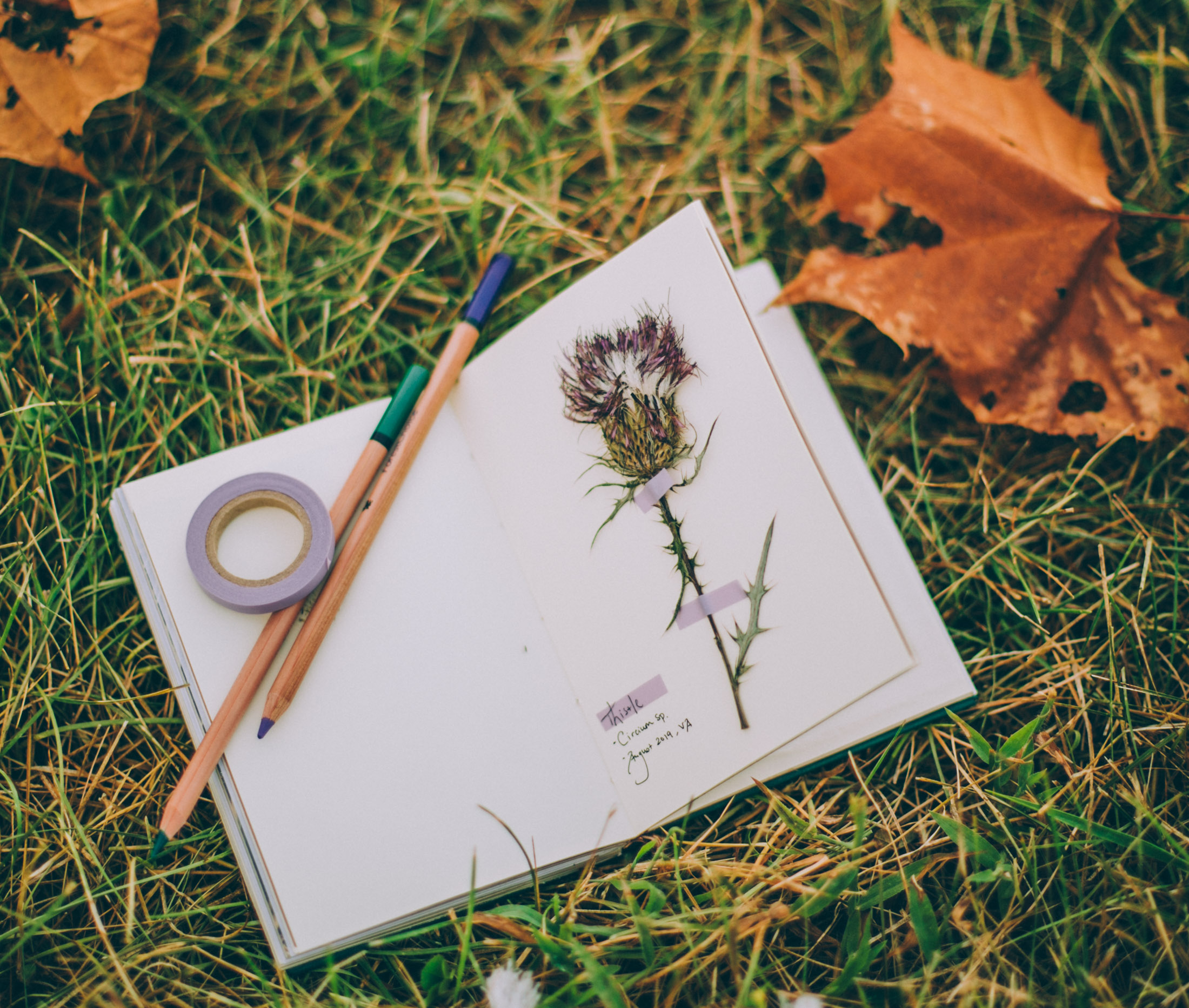
Botanical Pressed Flower Journal How-To
This is a very, very, simplified way to press flowers This method is the quick and dirty (literally, there’s usually still dirt on the flowers) way I store flowers and botanicals in my formulation journals. I use journals with thick, high quality paper, and a hard cover. This allows a sturdy surface for the flowers to press and dry in, and a solid outer surface to place pressure on the journals.
Step 1: Find your botanicals (flower, herb, weed, leaves, petals…).
Step 2: Take a cutting, including any part of the plant you want to press and store, such as the flower head, leaves or leaflets, and (non-woody) stem.
Step 3: Place the flower flatly out on the surface of the page, allowing several blank pages before and after your preserving page. Press the flower head as flat and open as you can to allow for a full “picture” of the flower once pressed.
Step 4: Close the book, pressing hard on the cover, and then lay something heavy on top of the journal to continually place pressure on the pages to press (and dry) the cutting.
Step 5: After about 4-5 days, the cutting will be pressed and mostly dry (but check for moisture – you don’t want any moisture left).
Step 6: Take your dried cutting and place it on whatever page you’d like to journal. You can leave it on the original preserving page if you like. I secure mine in place with some washi tape, and label each specimen if I’ve identified it. (I use Peterson’s Field Guide to Wildflowers, and Newcomb’s Wildflower Guide constantly, and love these resources).
